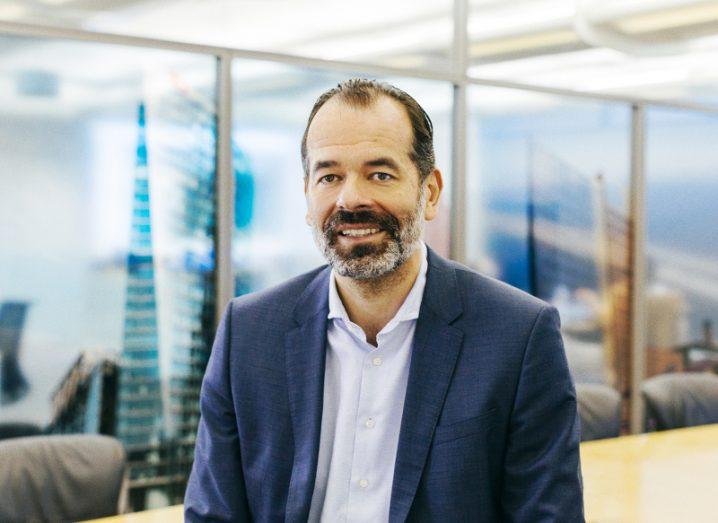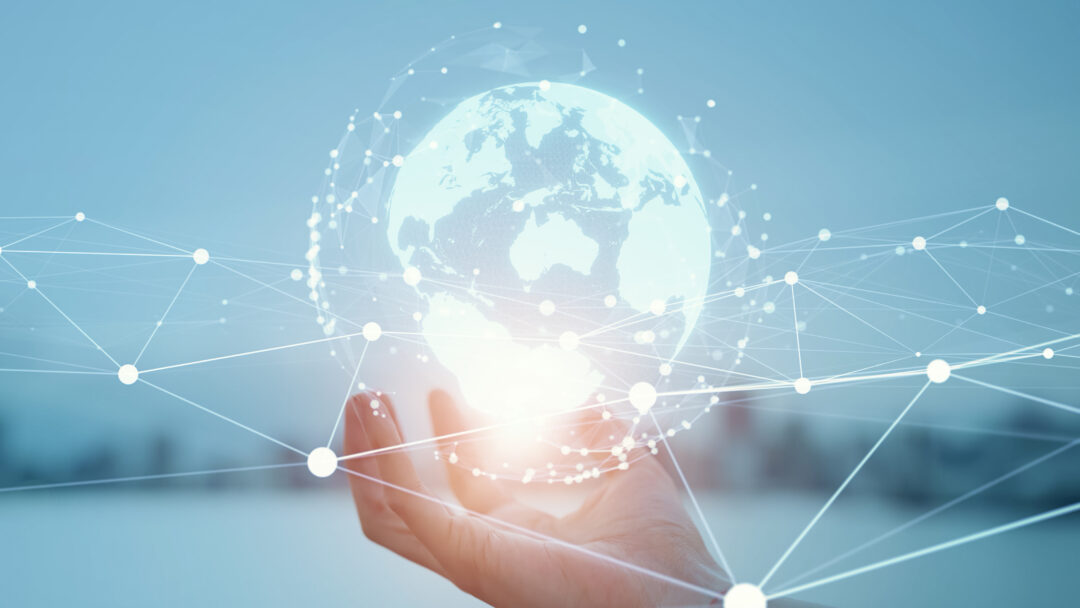Erik Brenneis, director of IoT at Vodafone Business, discusses how the Internet of Things (IoT) can help to improve sustainability
There’s no doubt that COP26 last November was a big wake-up call for organisations around the world. From requiring nations to disclose their zero emissions plans, to committing to make sustainable technologies more accessible and affordable within the next decade, it’s clear that companies will have to make a global effort to drive progress and strengthen climate action. There are many ways that the Internet of Things (IoT) can help them.
As a result of the pandemic, digital transformation accelerated dramatically, forcing businesses to adopt new technologies to achieve resilience, flexibility and maintain productivity. It’s hard to find a business that has survived without digitalising at least some of its processes over the past two years; and for many, it has been IoT that has proved to be essential. IoT helps to ensure continuity of operations and allows organisations to thrive in the future, even creating new revenue streams.
But digital transformation is now evolving and must not just focus on measuring and managing processes. It needs to focus on optimising them instead, to help companies reduce waste, costs, and improve time management. This is where IoT really comes to the forefront.
Responsible Tech Series 2021 Part 2: how tech can lend itself towards sustainability worldwide
The critical differentiator
Now that there are fewer pandemic regulations, businesses are no longer in survival mode and can shift their attention to their future. In this landscape, IoT is a critical enabler delivering green impact. It has evolved from being a simple connectivity tool that keeps organisations going, to being a critical operational asset.
This bespoke solution can help to solve many challenges, including employee efficiency, customer experience, and improved adaptation. As an operational asset that can enable businesses to drive out waste through the improved supply chain, IoT can offer them the data needed to rapidly innovate to meet changing user demands and also enable them to provide customers with connected products and services. It can even make it possible for a company to extend its services into new markets and locations, enabling it to demonstrate compliance with local regulations.
The good thing about IoT is that it can be tailor-made for businesses, and it offers access to the data needed to measure the quality, not just the quantity, of the output. Therefore, businesses can adapt faster, offer the right products to customers to improve their experience and more easily comply with new regulations and standards.
Considering what came out of COP26 – from the common agreement to report sustainability standards to speeding up the switch to electric vehicles – IoT has become an essential tool for business future-readiness.
Greener digital transformation
Sustainable thinking is not a new purpose for organisations, but since COP26 it is an undeniable priority for companies worldwide. With IoT, sustainability doesn’t need to be an added achievement, it can be accomplished as a “side effect” of improved operational efficiency. This means other factors like cost reduction, compliance with standards and even safety can be improved while also reducing a business’ impact on the environment.
Digital agriculture platform MyFarmWeb, for example, gathers valuable IoT data that will ultimately make it possible to save time and reduce water waste and pesticide use. This will enable them to demonstrate their farm’s sustainability credential while also improving yields and reducing bills.
IoT connections can also directly enable companies to save tonnes of CO2 emissions, in line with commitments to help customers drive out waste and reduce the carbon footprint.
What the PSTN switch off means for IoT
Build back wiser, not just better
The clearest takeaway from COP26 is that commercial success can’t come at a cost to the environment; organisations have no choice but to make sustainability a priority if they want to stay in business.
However, we must also recognise the challenges our customers face today, with profit margins often reduced due to increased competition and supply chain volatility, and the boundaries within which they can operate made tighter by new regulations. It’s therefore imperative for providers like us to offer our customers solutions that don’t force them to choose between surviving and meeting their ESG targets.
That’s why I think this is the right time to rebuild not just better, but wiser. Investing in digital solutions and technologies that can help organisations be profitable, efficient and sustainable at the same time.
Even though IoT might not be the whole or the only solution, I believe it can be the catalyst of a greener digital transformation that puts both sustainability and profitability at the core of a business operating model. A model built not just on productivity, but on efficiency.











